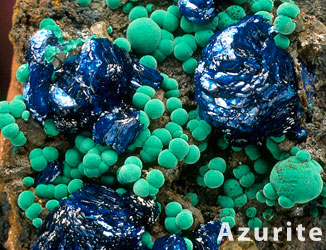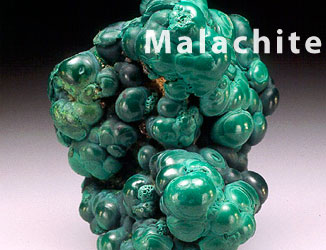What causes color in minerals?
Minerals are colored because certain wave lengths of light are absorbed, and the color results from a combination of those wave lengths that reach the eye.
Some minerals show different colors along different crystallographic axes. This is known as pleochroism.
Which minerals is color useful for identification?
For some minerals, color is directly related to one of the major elements and can be characteristic, thus serving as a means of identification. Malichite is always green; azurite is always blue; and rhondonite is always red or pink.
Most metallic minerals’ color is constant, such as the brass-yellow of chalcopyrite and the copper-red of niccolite. These minerals may also tarnish, which is especially true of the mineral bornite. It is called the “peacock ore” because of the blue-velvet tarnish that develops on the surface.
How useful is color in identifying minerals?
The color of a mineral is the first thing most people notice, but it can also be the least useful in identifying a mineral. Most minerals occur in more than one color. Fluorite can be clear, white, yellow, blue, purple, or green. The other properties, such as hardness, cleavage, and luster, must be used instead.

